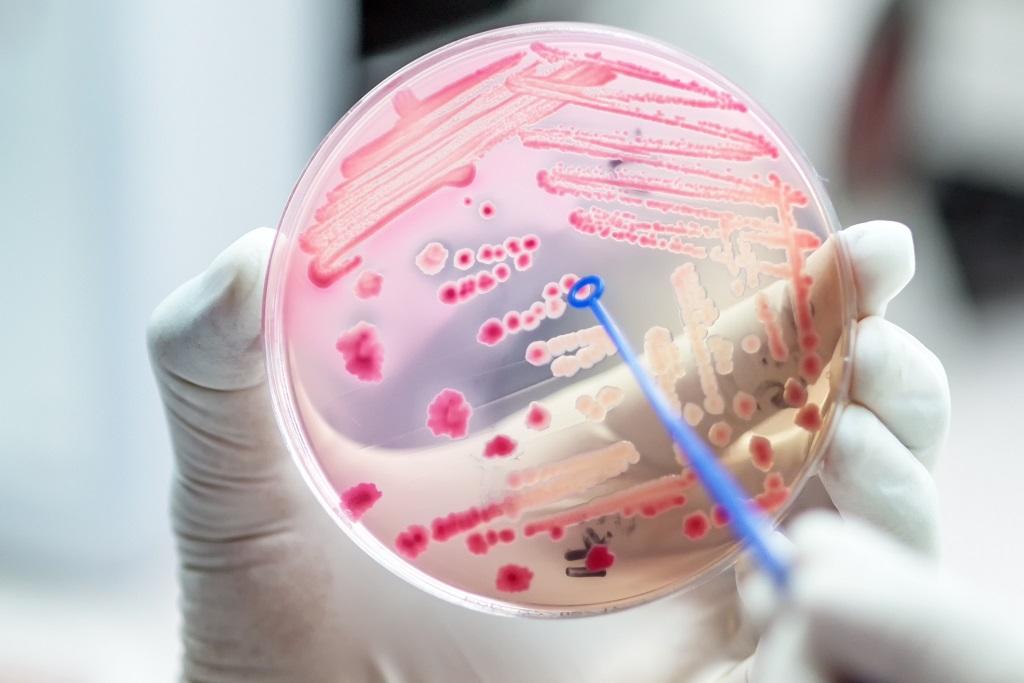

The nanoparticle loaded powder can be mixed in paints and applied to hospitals walls , kitchens and toilets to give them antimicrobial coating



A team of Indian researchers have developed a new method that helps prepare silver nanoparticle loaded antibacterial powder, which could potentially be used to clean water and help in waste management.
Developed by researchers at the Mumbai-based Bhabha Atomic Research Centre (BARC), the new technique avoids use of harsh chemicals during synthesis and is environmental friendly.
The nanoparticle loaded powder could also be mixed in paints and applied to surfaces where chances of infection are high, such as walls in hospitals, kitchens and toilets to give them antimicrobial coating, the researchers said.
To synthesise silver nanoparticles, the team deployed the spray-drying technique. In this process, gum arabic — an eco-friendly biopolymer obtained from the Acacia tree — was used. Gum arabic helps in chemical reduction and attachment of silver nanoparticles to the silica substrate.
The study has been published in the journal Applied Nanoscience.
To study the distinctive features of the composite material, the team used advanced techniques such as X-ray diffraction, high-resolution transmission electron microscopy, field emission scanning electron microscopy and Fourier transform infrared spectroscopy.
They tested the antimicrobial activity of the composite on a gram-negative bacterium, Escherichia coli and a gram-positive bacterium, Staphylococcus aureus. The composite harbouring silver nanoparticles could kill the bacteria at very low doses. The composite was also used as a catalyst and found effective, the researchers said.
Filtering silver nanoparticles from waste water has been difficult due to its smaller size.
Some paint companies claim that their products are antimicrobial, but scientists say usually in such types of paints silver nanoparticles are directly added to the acrylic paints, mixed and applied. But studies have shown that around 30 per cent of silver nanoparticles from such paints get released in the environment within a year.
In the synthesised material, however, silver nanoparticles measuring around five nanometers were strongly attached to much larger silica substrate. As a result, the silver-containing particles could be easily removed by filtration.
For example, after being used with a detergent in a washing machine, the particles could be easily separated from the waste water by using a filter membrane at the outlet hose. Moreover, the silica nanoparticles could be replaced with magnetic nanoparticles and thus could be easily separated by using an external magnet after application, the researchers noted.
“The synthesis procedure is green and novel. We took the advantage of evaporation-induced self-assembly of silica nanoparticles and biopolymer during spray-drying,” researchers observed in their study.
“Thus, by just drying a droplet, we were able to achieve surface-functionalised substrate onto which metal nanoparticles could be attached. And the use of spray-drying has the added advantage of scalable production at low cost," they added. (India Science Wire)
We are a voice to you; you have been a support to us. Together we build journalism that is independent, credible and fearless. You can further help us by making a donation. This will mean a lot for our ability to bring you news, perspectives and analysis from the ground so that we can make change together.

Comments are moderated and will be published only after the site moderator’s approval. Please use a genuine email ID and provide your name. Selected comments may also be used in the ‘Letters’ section of the Down To Earth print edition.